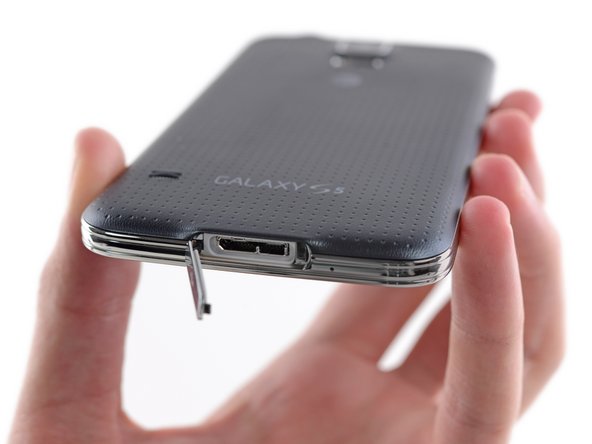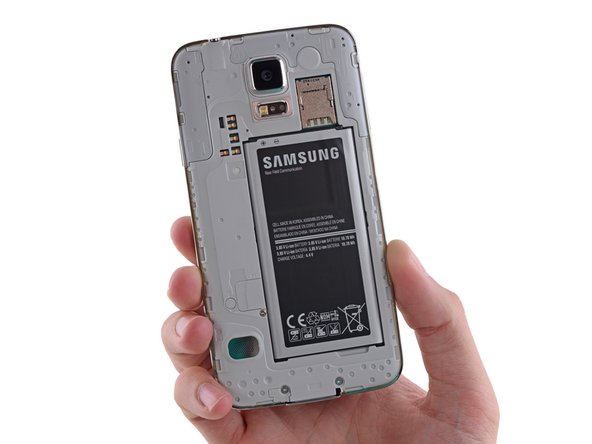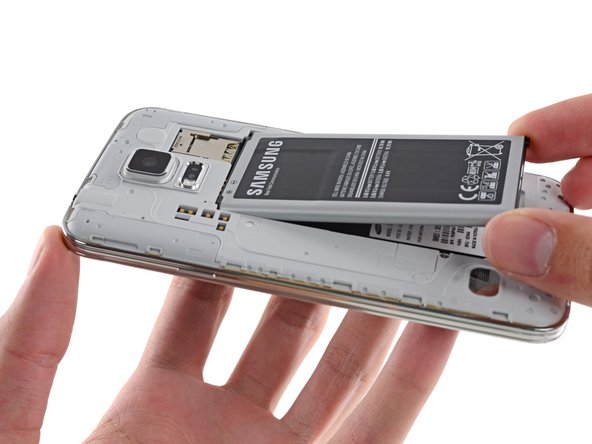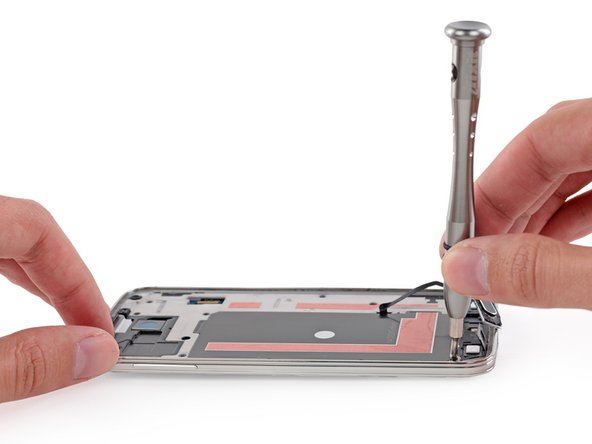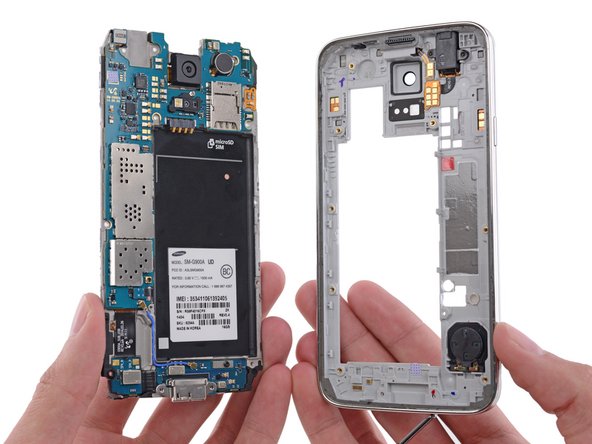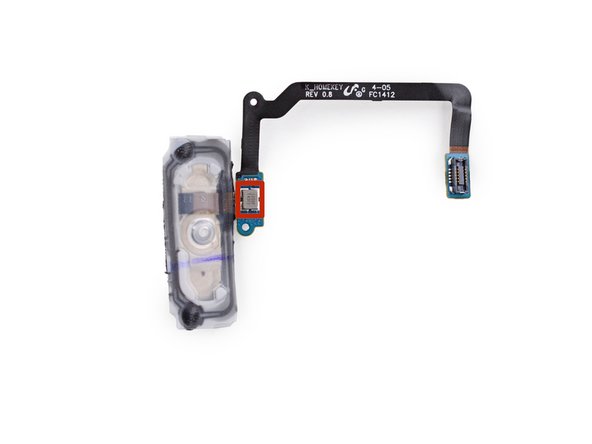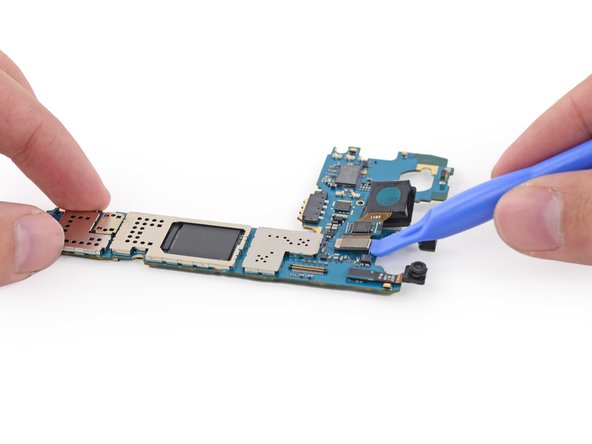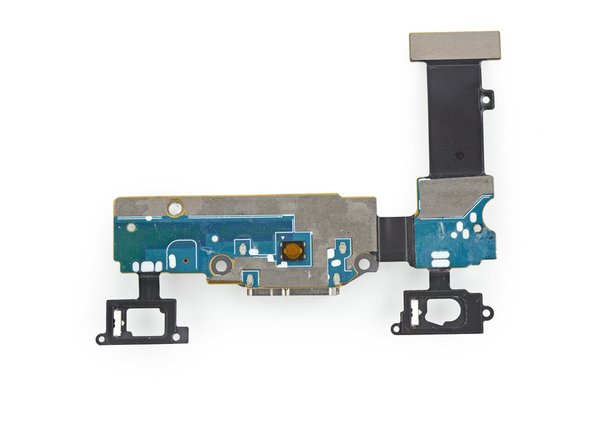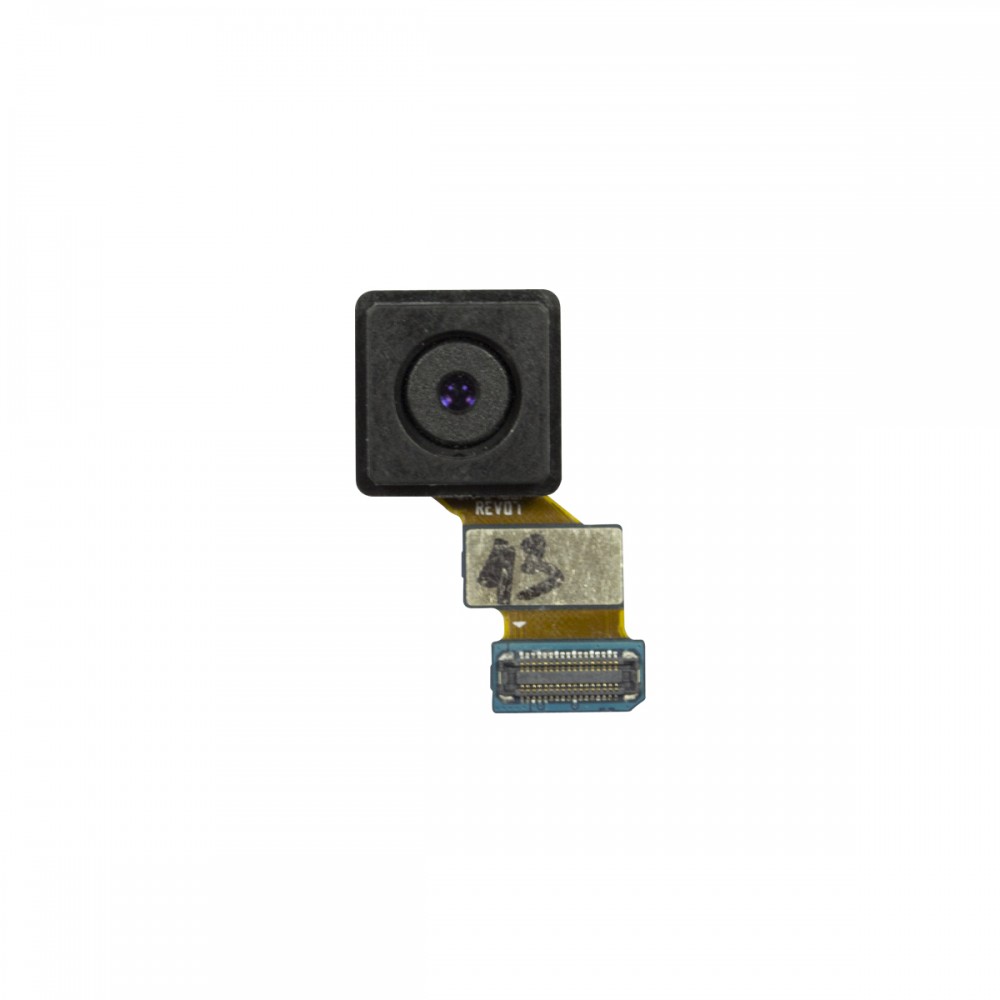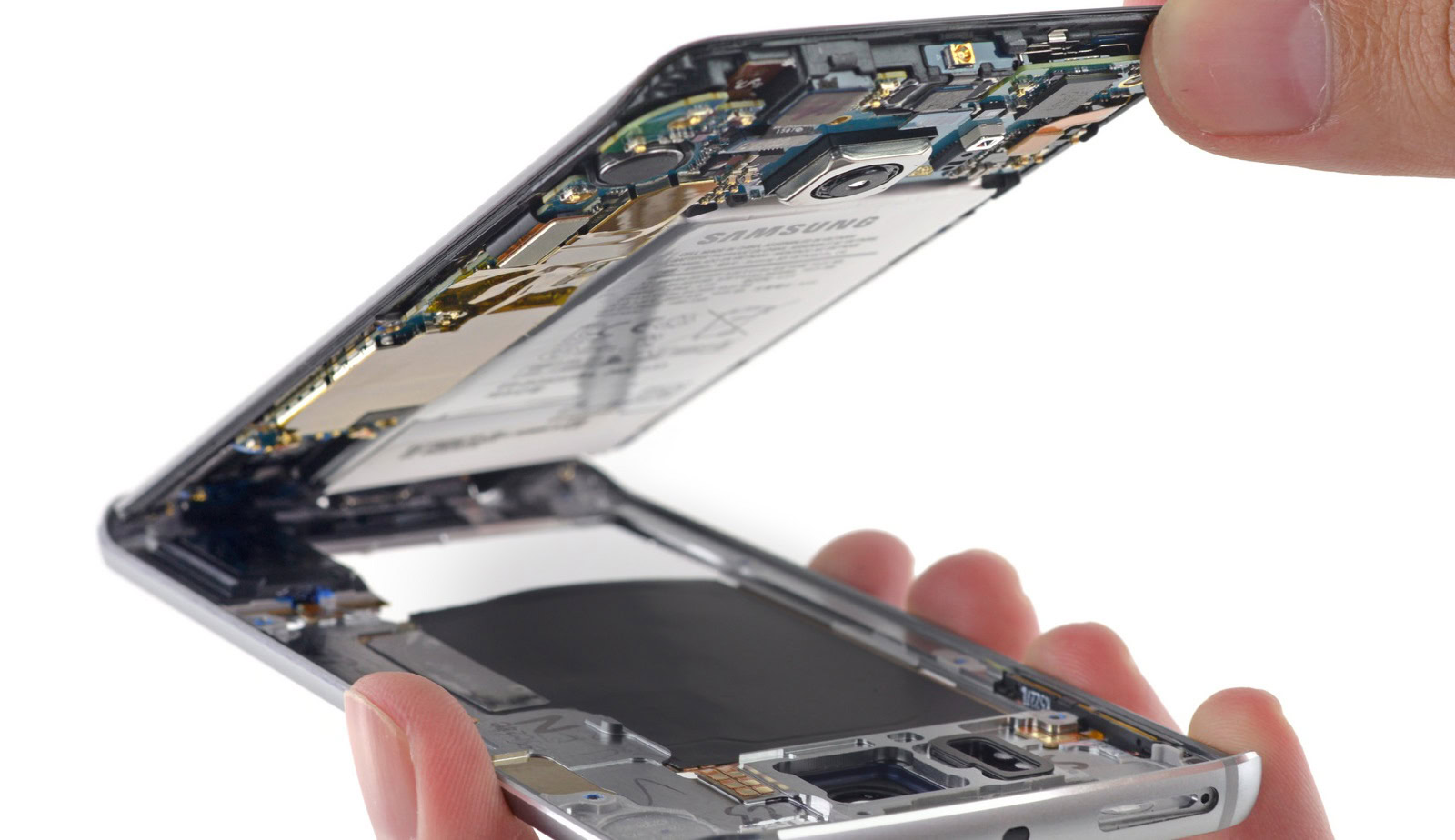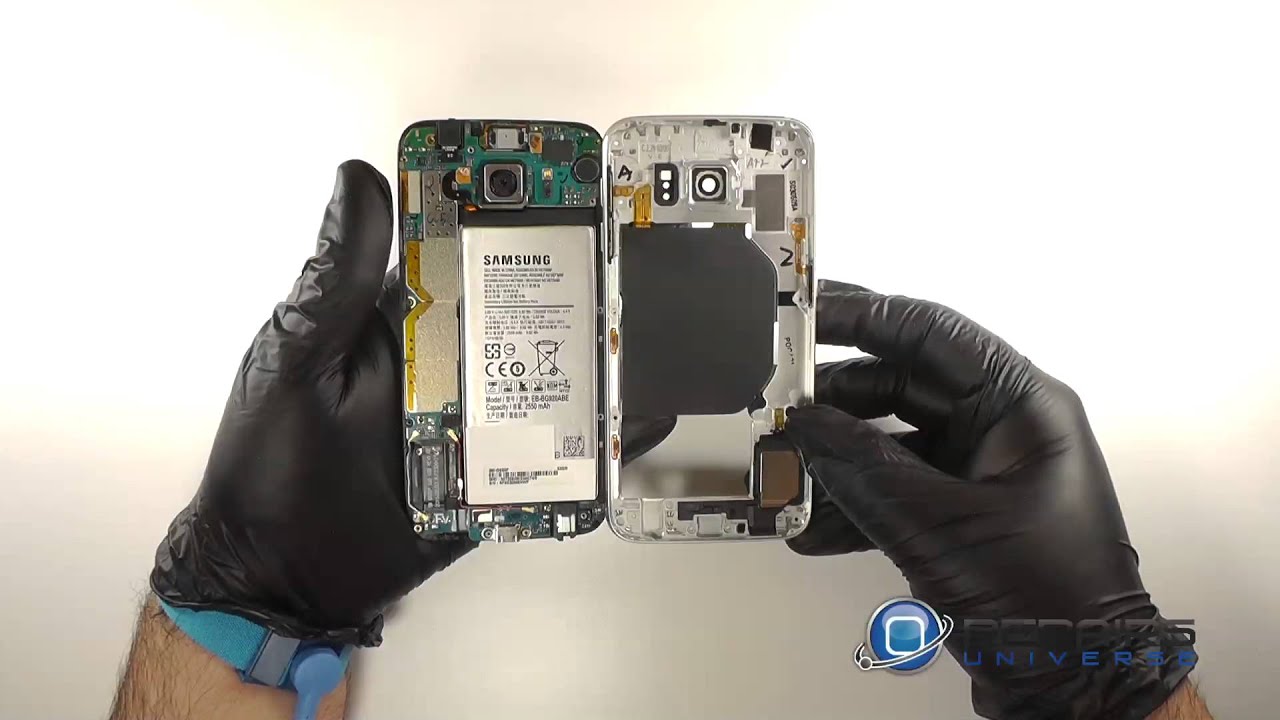Samsung Galaxy S5 Teardown
Duration: 45 minutes
Steps: 18 Steps
Every now and then, our down-to-earth teardown crew takes a moment to look up. Today, we’re diving into the ins and outs of the Samsung Galaxy S5. Will this gadget shine bright in the hall of repair fame, or will it crash down like a fiery meteor? Stick with us as we use our trusty tools to uncover the truth—Salvation Repair style. Feeling like the sky is falling? Be the first to tweet about it, connect with your repair pals on Facebook, and keep an eye on Instagram for cool pics.






